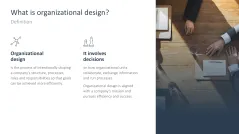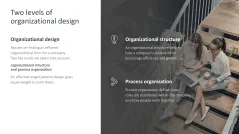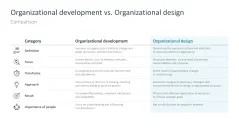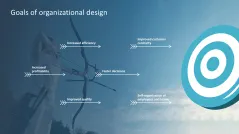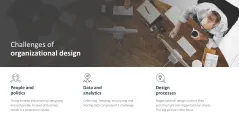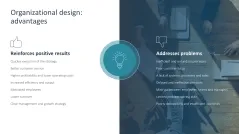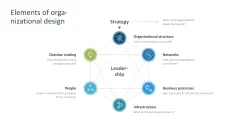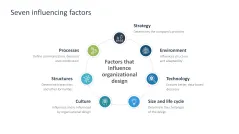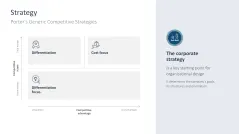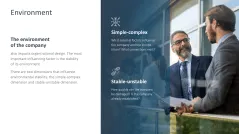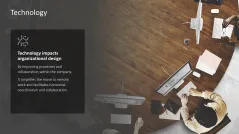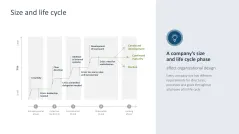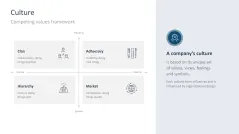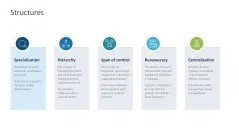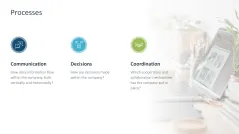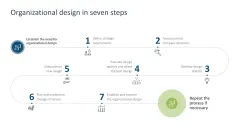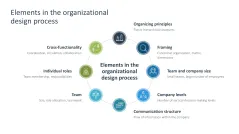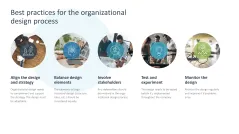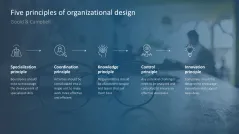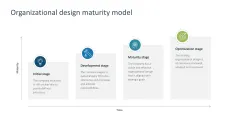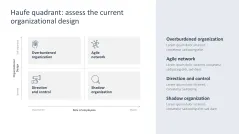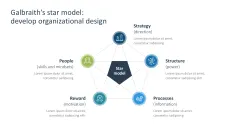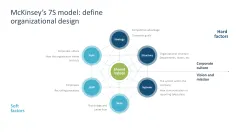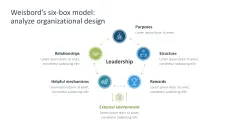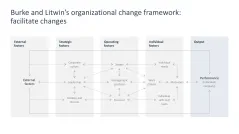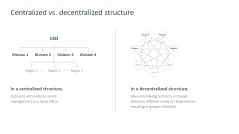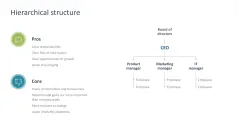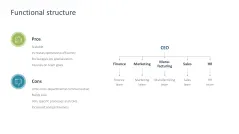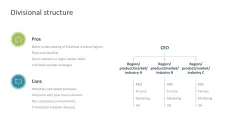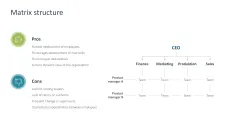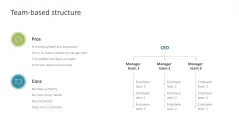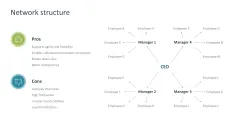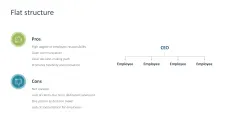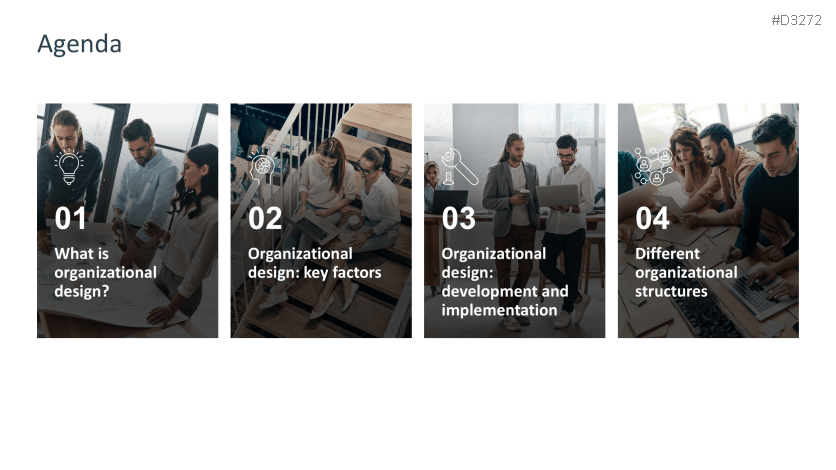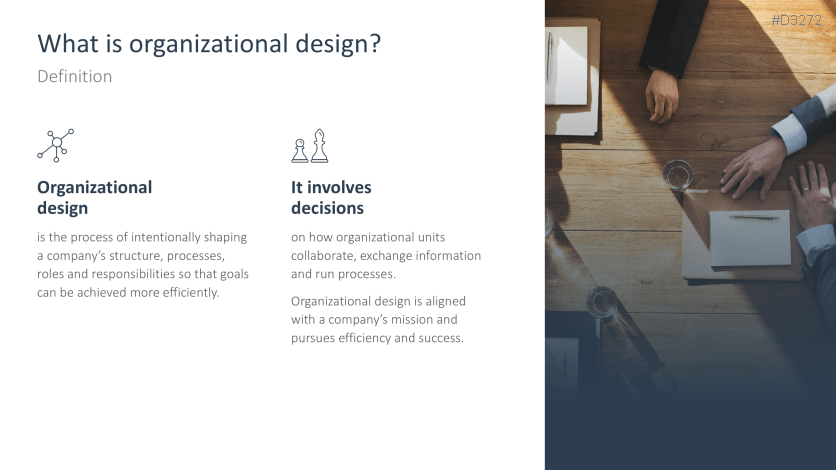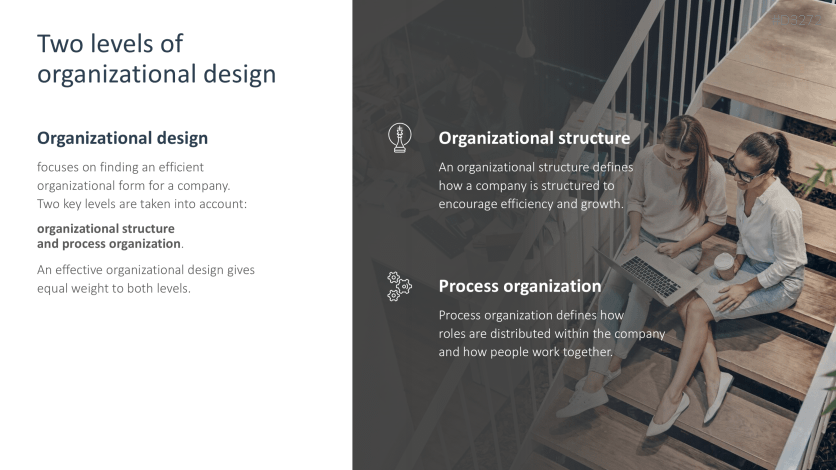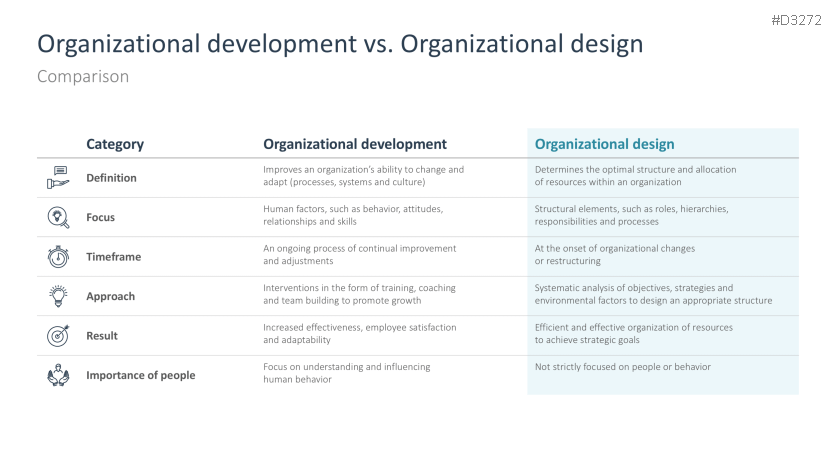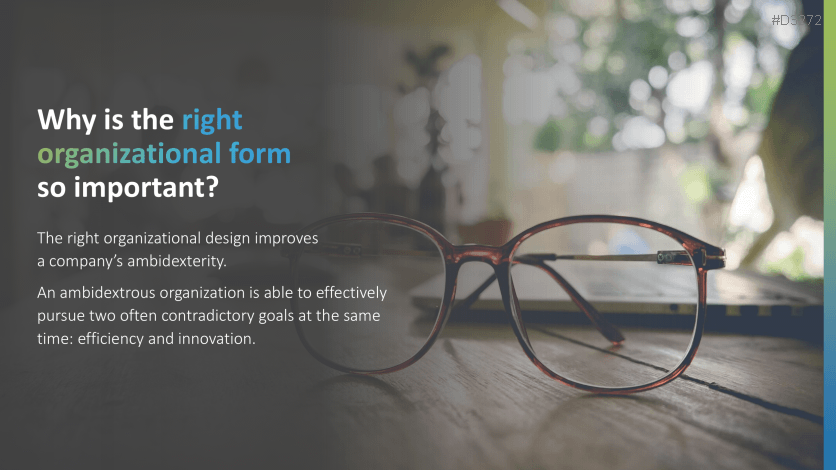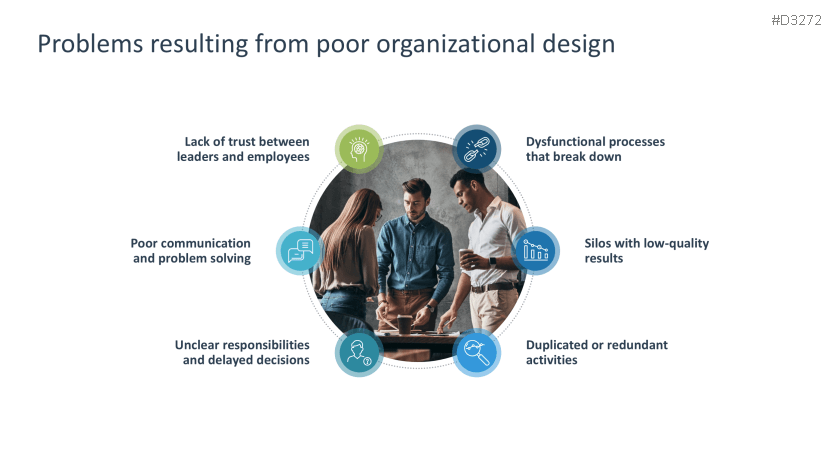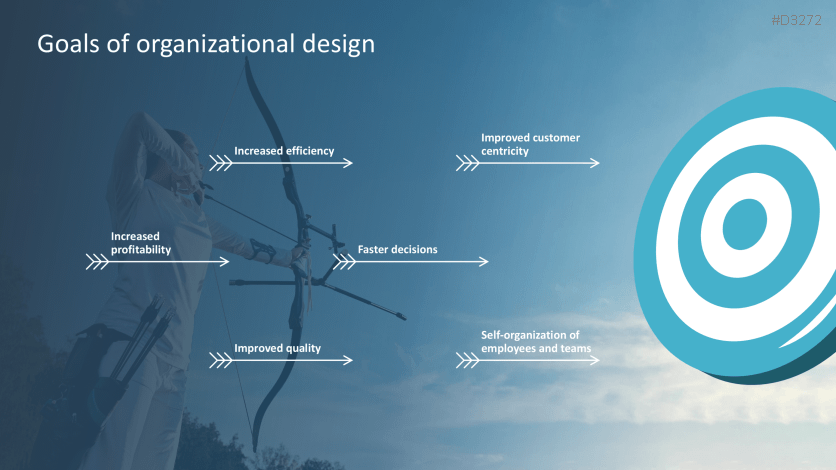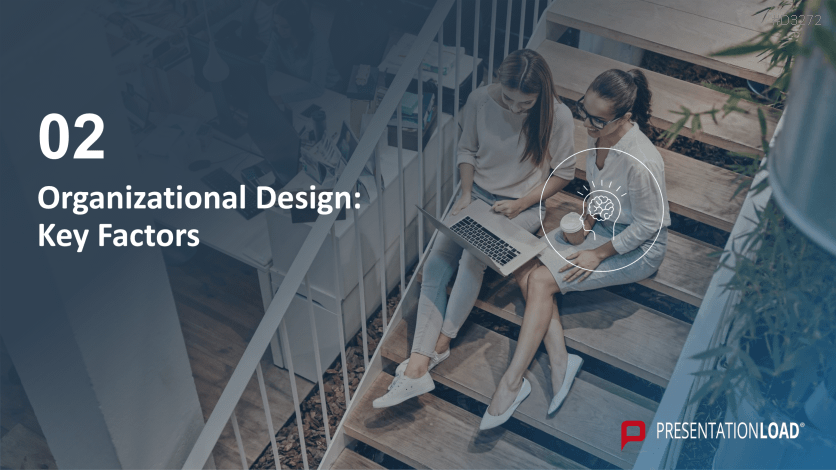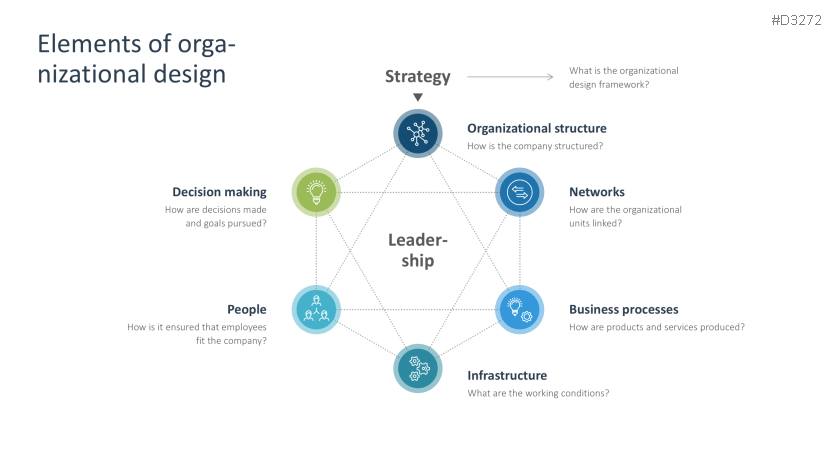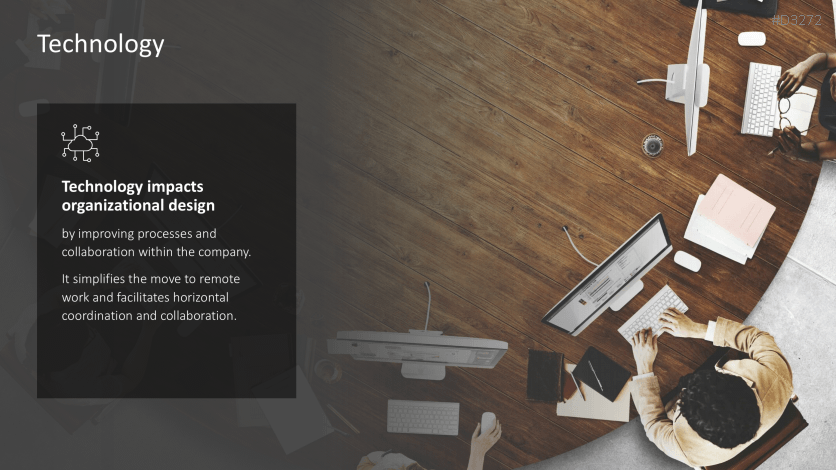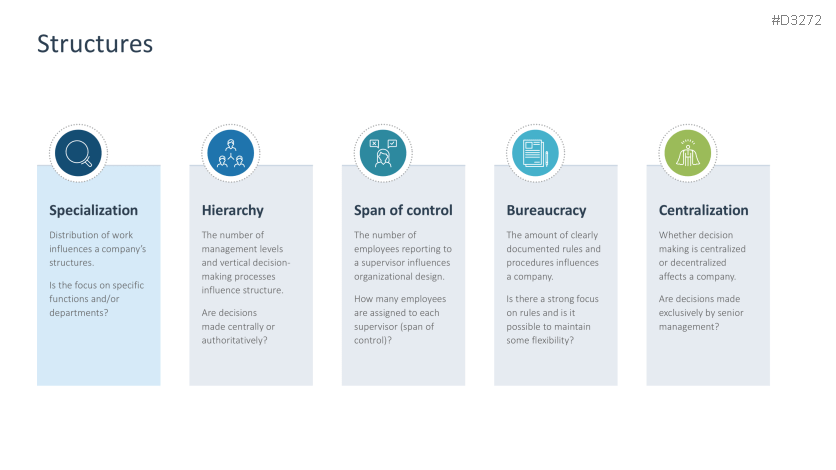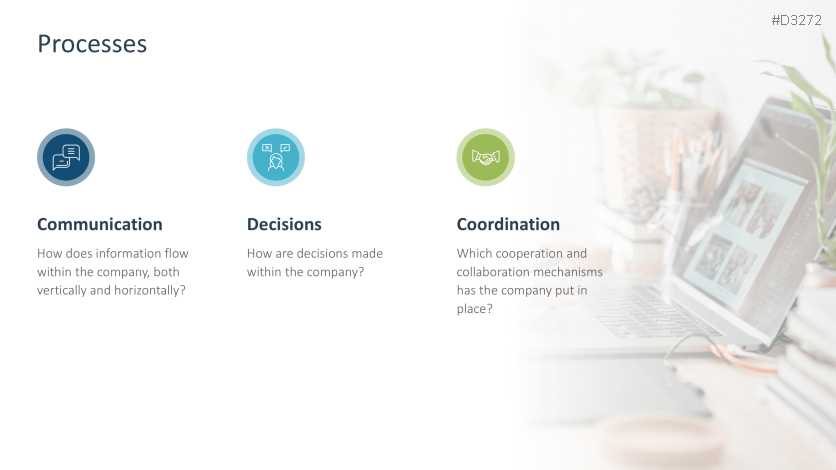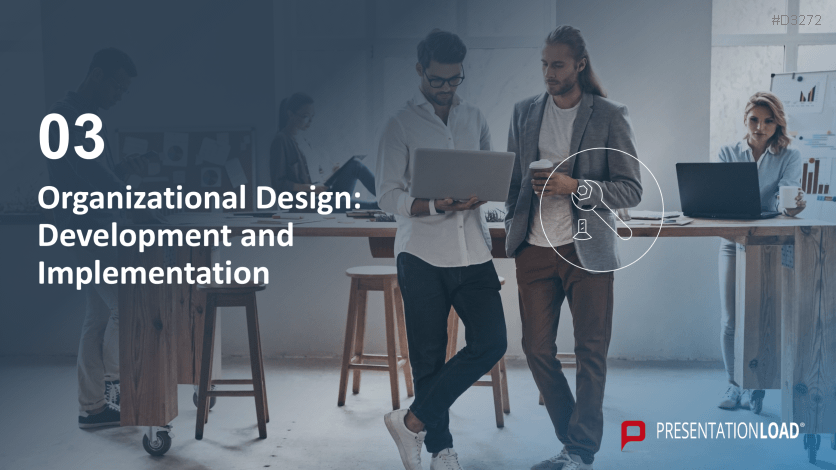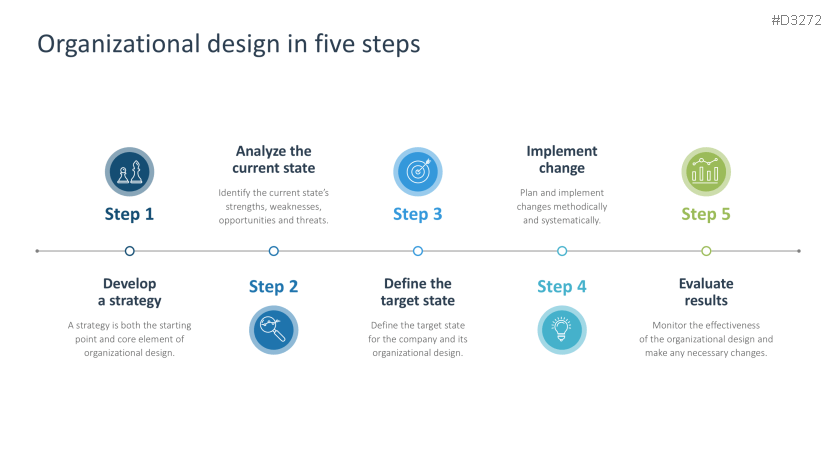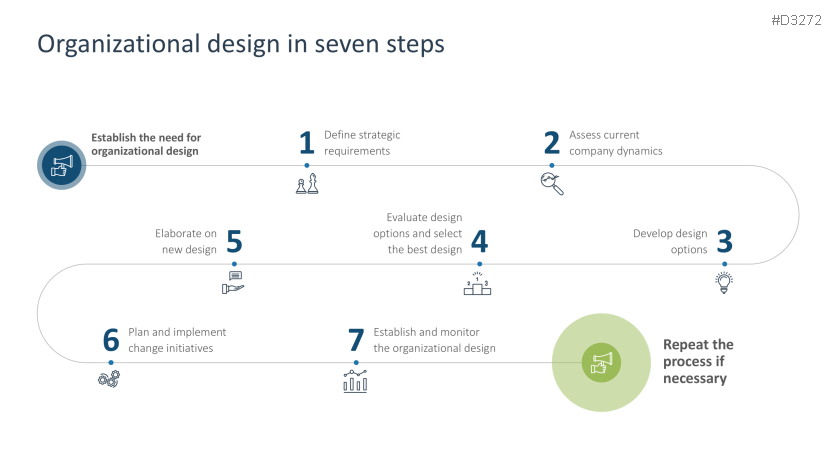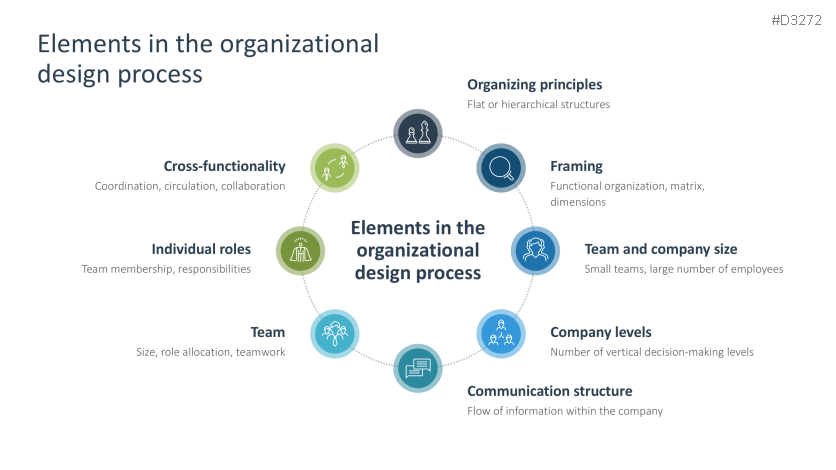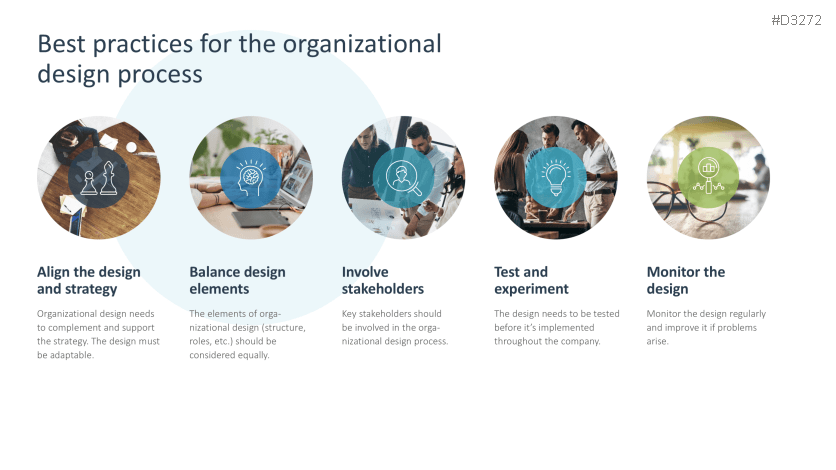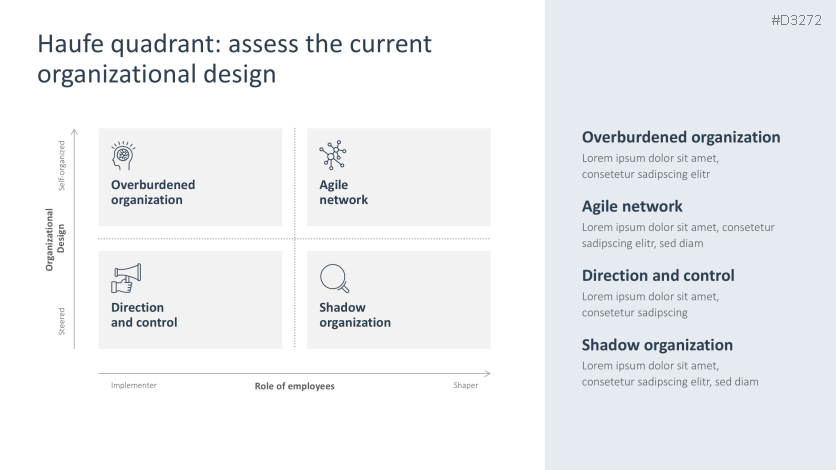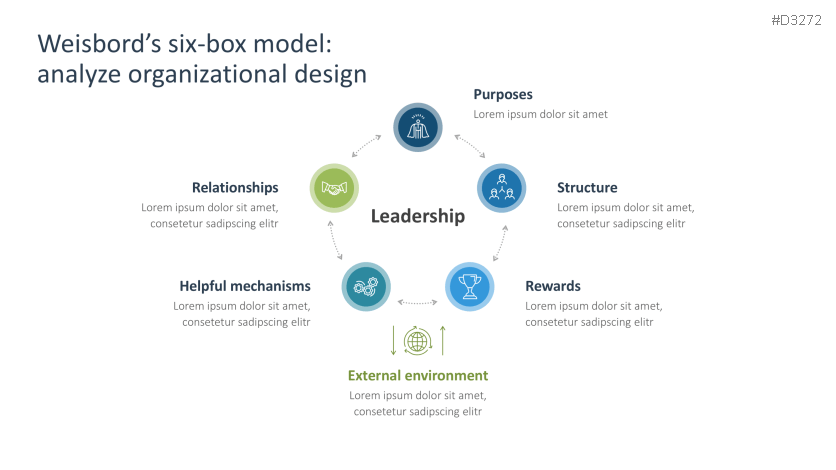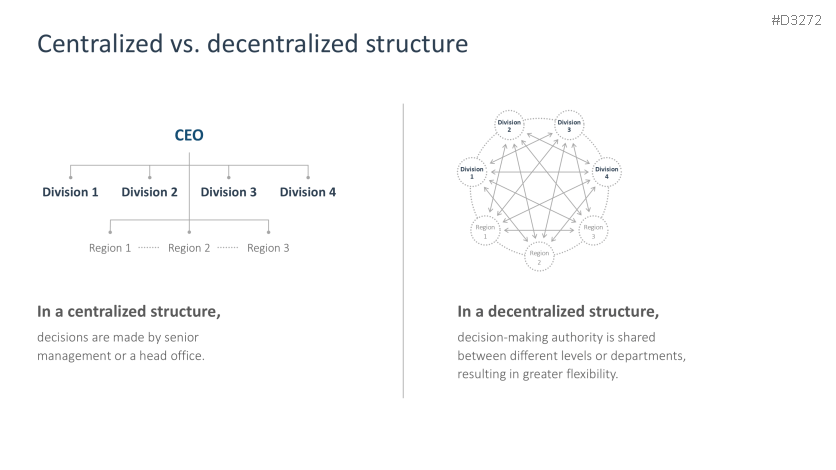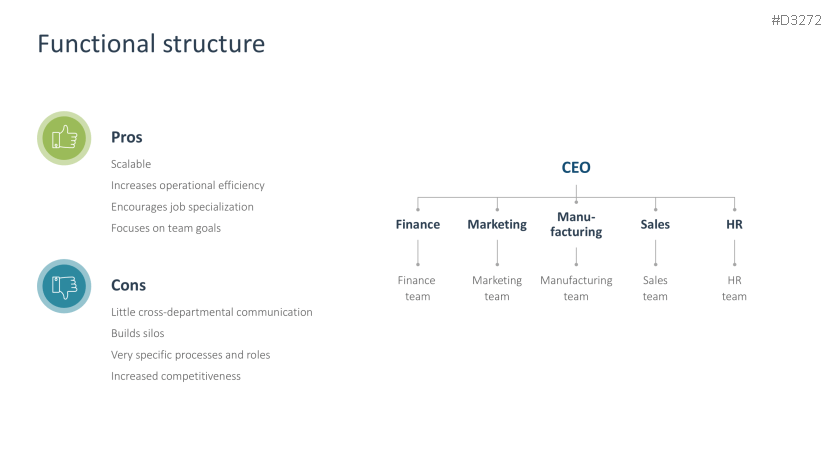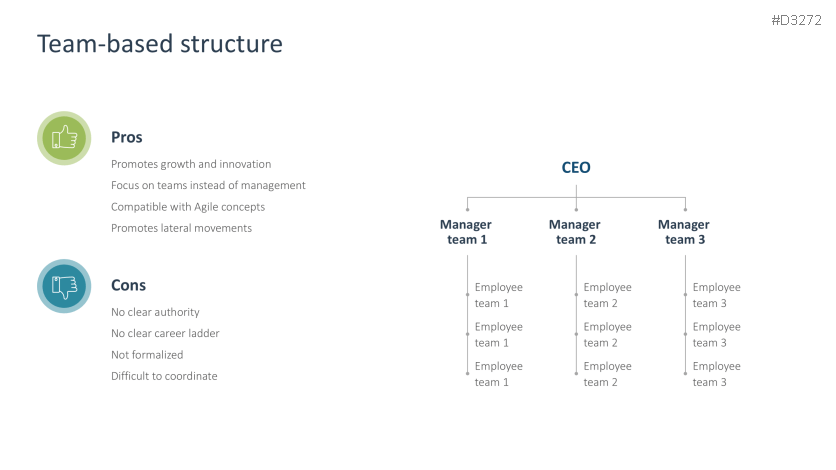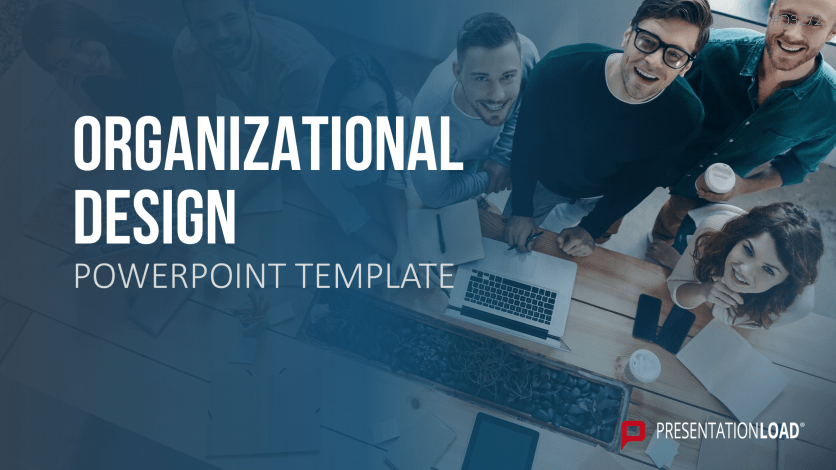
What is organizational design?
Organizational design is the process of intentionally shaping a company’s structure, processes, roles and responsibilities so that goals can be achieved more efficiently. It involves clearly assigning roles, responsibilities and tasks and defining communication channels and decision-making processes. The goal is to improve collaboration within and between departments, avoid redundancies and optimize resource utilization. A carefully considered organizational design helps a company to react flexibly to market changes and increase its productivity.
The advantages of effective organizational design
Effective organizational design has many advantages. It increases efficiency by creating clear structures and responsibilities, resulting in optimized workflows and better resource utilization. It also improves communication, as information flows faster and more effectively through defined channels. This facilitates collaboration and reduces misunderstandings. A well-thought-out design also enables quicker decision making by defining responsibilities and decision paths. A strong organizational design helps improve a company’s flexibility, productivity and adaptability.
Developing an effective organizational design
When developing an effective organizational design, the focus should be on corporate strategy. The design needs to support target achievement and encourage collaboration. Clear communication channels and efficient workflows increase productivity and reduce misunderstandings. The needs of employees are also crucial: a positive corporate culture and motivated employees contribute significantly to success. External factors, such as market changes, should also be considered in order to react flexibly to challenges.
Everything about organizational design in one template
This PowerPoint template provides you with essential information on organizational design. Learn more about the individual elements and influencing factors associated with organizational design and receive tools for developing your own structures, processes and goals. You can easily present the advantages and disadvantages of different organizational structures and find the right form for you. Become an organizational design expert and get our PowerPoint template today.
With this PowerPoint template, you can
- gain valuable insights into organizational design.
- present the elements and influencing factors in organizational design.
- explain the pros and cons of different organizational structures.
This PowerPoint template includes:
- Quote
- What is organizational design?
- Definition
- Organizational structure and process organization
- Organizational development vs. organizational design
- Importance of the right organizational form
- Reasons why organizational design is necessary
- Problems resulting from poor organizational design
- Goals of organizational design
- Challenges of organizational design
- Organizational design: advantages
- Organizational design: key factors
- Elements of organizational design
- Seven influencing factors
- Strategy
- Environment
- Technology
- Size and life cycle
- Culture
- Structures
- Processes
- Organizational design: development and implementation
- Organizational design in five steps
- Organizational design in seven steps
- Elements in the organizational design process
- Best practices
- Five principles (Goold & Campbell)
- Maturity model
- Haufe quadrant
- Galbraith’s star model
- McKinsey’s 7S model
- Weisbord’s six-box model
- Burke and Litwin’s organizational change framework
- Different organizational structures
- Centralized vs. decentralized structure
- Hierarchical structure
- Functional structure
- Divisional structure
- Matrix structure
- Team-based structure
- Network structure
- Flat structure




